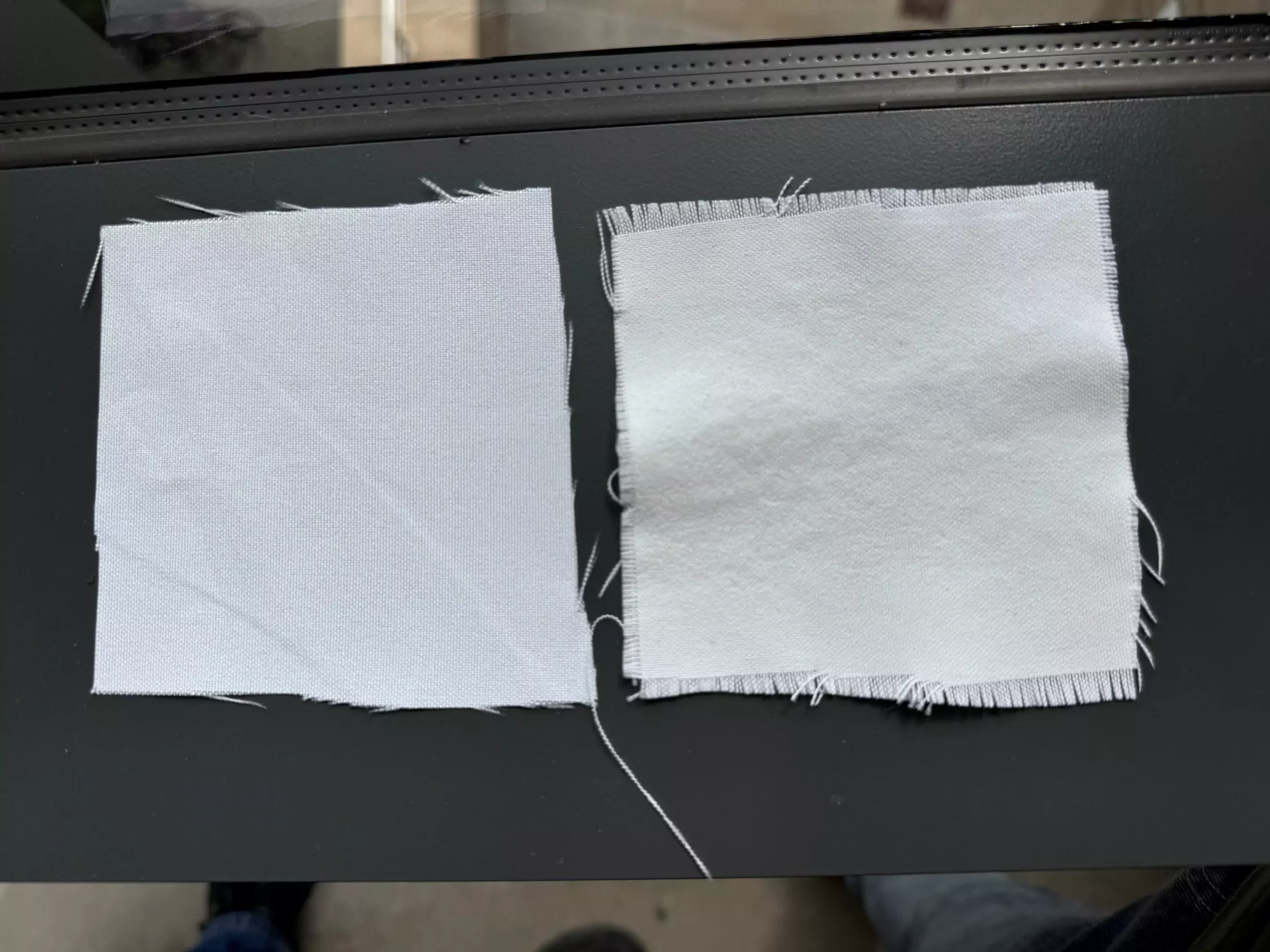As summer rolls in with an oppressive heat that affects everyone from athletes to casual beachgoers, the search for effective cooling solutions becomes more relevant than ever. Advances in textile science are now yielding promising results, with researchers uncovering new methods to enhance fabric properties. This article delves into the innovative use of chalk-based coatings that significantly improve comfort under the sweltering sun.
The human body’s interaction with heat from sunlight creates a demand for textiles that do more than simply cover us. Traditional fabrics often absorb ultraviolet (UV) and near-infrared (near-IR) light, leading to increased body heat that can cause discomfort. This phenomenon is especially noted by Trisha L. Andrew, a prominent chemist and materials scientist, who emphasizes the significance of managing both external heat and the body’s own thermal emissions. Current solutions aim at repelling the sun’s rays while efficiently expelling body heat, a dual-action that can be challenging to achieve with conventional materials.
Historically, techniques to create light-reflective textiles have leaned on synthetic compounds, whose production processes often pose environmental risks. Commonly employed materials like titanium dioxide and certain organic polymers raise questions regarding their long-term sustainability. Given this background, Andrew and her research team—comprising Evan D. Patamia and Megan K. Yee—set out to create a more environmentally friendly solution. Their goal was to innovate a cooling textile using natural materials, thus addressing ecological concerns alongside user comfort.
The research team’s breakthrough came from utilizing a well-known natural substance: calcium carbonate, primarily found in chalk and limestone. Inspired by traditional plasters used in sun-drenched regions, the team developed a method that incorporates this mineral into a durable polymer coating. By applying chemical vapor deposition (CVD), they were able to graft a thin layer of poly(2-hydroxyethyl acrylate) onto fabric, subsequently treating it with solutions containing calcium carbonate and bio-compatible barium sulfate.
This process allows the formation of crystals that are not only aesthetically pleasing—giving the fabric a matte finish—but effective in reflecting harmful rays. The coating’s effectiveness is further enhanced by adjusting the particle size distribution through repeated dipping, optimizing it for maximum reflection of UV and near-IR wavelengths. The result is a fabric that doesn’t just block heat but actively promotes a cooler air temperature beneath it.
The practical applications of this new textile are compelling. Testing conducted under real-world conditions has shown that treated fabrics can result in air temperatures that are up to 8 degrees Fahrenheit cooler than the surrounding environment. Even more astonishing is that under certain conditions, this difference can reach as much as 15 degrees, offering a cooling effect that surpasses simple shade. During rigorous activities, such as sports or gardening, this innovation could be life-changing, helping individuals maintain comfort and performance in extreme heat.
Patamia eloquently describes the experience: fabric treated with their novel coating feels distinctly cooler, rendering it not just a functional improvement but a transformative one for outdoor activities. This effect has implications far beyond personal comfort; cooler fabrics could help prevent heat-related illnesses and provide respite for populations living in hotter climates.
One critical aspect that ensures this innovation’s viability is the durability of the cooling coating. Testing against typical laundry conditions demonstrated that the fabric maintained its functional properties, indicating its potential for everyday use without degrading under normal wear and tear or through laundering. This durability is essential for any product aimed at mass-market applications.
Recognizing the limitations of laboratory-scale efforts, Andrew is now collaborating with a startup company focused on scaling the CVD process to produce larger bolts of fabric. The ambition is to transition this research into commercially available textiles. Andrew looks forward to making this technology accessible across various fabric types, which could revolutionize the clothing industry and provide much-needed solutions for those suffering under relentless heat.
As climate change pushes temperatures higher, innovative solutions like those developed by Andrew and her team are essential. Their work with chalk-based cooling fabrics showcases a promising intersection of science, sustainability, and comfort, paving the way for a new generation of textiles that protect against the perils of heat. Without additional power requirements, such textiles represent a significant advancement for outdoor enthusiasts, workers, and anyone seeking respite from the sun. In the quest for comfort in the heat, these cooling fabrics may soon become a staple in our summer wardrobes.


Leave a Reply